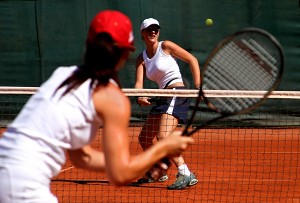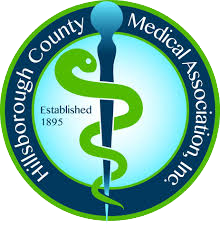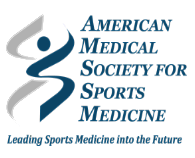 Unless you’re a medical doctor or physical therapist, you probably don’t know the specific differences between a rotator cuff tear and a strain. While the severity of rotator cuff tears can vary significantly, a strain refers to an overstretching or partial tear of one of the four muscles that make up the rotator cuff. What’s referred to simply as a “tear” is a partial or complete separation from the attaching bone. Let’s take a closer look.
Unless you’re a medical doctor or physical therapist, you probably don’t know the specific differences between a rotator cuff tear and a strain. While the severity of rotator cuff tears can vary significantly, a strain refers to an overstretching or partial tear of one of the four muscles that make up the rotator cuff. What’s referred to simply as a “tear” is a partial or complete separation from the attaching bone. Let’s take a closer look.
What is the Rotator Cuff?
The rotator cuff is a group of four muscles that surrounds the shoulder joint and is attached to the upper arm bone (humerus) by tendons. It joins the arm to the shoulder blade and provides stability to the shoulder—a flexible ball-and-socket joint. The rotator cuff also plays a key role in lifting and rotating the arm.
What Is Rotator Cuff Tendinitis?
Rotator cuff tendinitis—or tendinopathy—occurs when one or more shoulder tendons becomes irritated or inflamed. As a result of tendinitis, an overstretching of muscles (sometimes referred to as a strain) or microtears can form and cause discomfort.
Many people describe the symptoms of rotator cuff tendinitis as a dull ache deep within the shoulder. Other possible symptoms include:
- An audible clicking noise when moving the shoulder
- Stiffness
- Pain when lifting the arm
- Swelling or tenderness at the front of the shoulder
Rotator cuff tendinitis usually results from overuse of the shoulder joint—a problem that’s commonly experienced by throwing athletes and people who repeatedly perform overhead motions, such as painters, carpenters, electricians, and mechanics. It’s also possible for a sudden shoulder injury to lead to rotator cuff tendinitis.
What’s the Difference Between Rotator Cuff Tears and Tendinitis?
A rotator cuff tear occurs when the tendon that attaches the rotator cuff muscles to the arm bone tears partially or completely. As you may suspect, rotator cuff tears can cause significant pain. Some of the most common signs of a rotator cuff tear include:
- Sudden, intense shoulder pain
- Pain that radiates down the arm
- A snapping noise when the injury occurs
- Muscle weakness
- Inability to comfortably move the arm
As discussed, rotator cuff tendinitis may result in small tears. Other causes of rotator cuff tears include sudden accidents, such as falling off of a bike or sustaining a sports injury.
Expert Rotator Cuff Injury Treatment in Tampa
If you live in the Tampa, Florida, area and are among the two million Americans who experience rotator cuff injuries every year, you can turn to Tampa Orthopaedic & Sports Medicine Group for expert diagnostics and treatment. A division of Florida Medical Clinic, our practice is led by sports medicine surgeon Dr. Daniel Murphy and sports medicine specialist Dr. Arnold Ramirez—two esteemed physicians who also serve on the medical staffs of the Tampa Bay Buccaneers and New York Yankees.
To consult with a physician regarding a rotator cuff injury, contact Tampa Orthopaedic & Sports Medicine Group today at (813) 253-2406. You can also request an appointment online at your convenience. Our team is here to answer any questions you may have!












